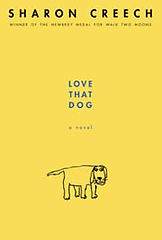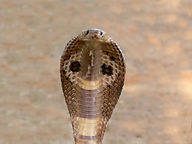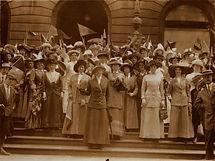Our literacy curriculum integrates reading and writing in a way that gets students excited about learning through great books, compelling topics, and ownership of their learning. The lessons are taught to the whole group with modifications and extensions made as necessary to support learners at all levels.
Module 1
Poetry, Biography, and Writer's Identity: becoming a close reader and writing to learn
Students launch the year by exploring the identity of writers though reading, discussing, and writing about poems and poets. They begin by reading and analyzing the novel Love That Dog by Sharon Creech. Students learn about the characteristics of poetry by closely reading famous poems featured in the novel. For their performance task, students select a poet to research further. Then they write an original poem inspired by their poet’s work, and read informational text in order to write a biographical essay about their poet’s life.


Module 4
Susan B. anthony, the Suffrage movement and the importance of voting: gathering evidence and speaking to others
Students learn about voting rights and responsibilities. They first focus on the women’s suffrage movement and the leadership of New Yorker Susan B. Anthony, reading firsthand and secondhand accounts of her arrest and trial. Then students read The Hope Chest (historical fiction set in the weeks before the passage of the 19th Amendment) examining the theme of leaders and their impact on others. Finally, students connect the theme of leadership to their own lives by reading about the importance of voting in modern times. As a final performance task, students draft and then create a public service announcement to state their opinion to high school seniors about why voting is important.

Module 3
Simple machines - Force + Motion: considering perspectives and supporting opinions
Students build knowledge of simple machines and how they affect force, effort, and work. Students read basic background text and perform Readers Theater about simple machines (written for classroom use). They read an extended scientific text, Simple Machines: Forces in Action (870L), focusing on analyzing scientific concepts. Students develop expertise about specific simple machines (inclined plane, levers, pulleys, etc.), read and conduct science experiments using simple machines, and synthesize their findings by writing scientific conclusion statements. They conduct a “simple machine inventory” at school and home. As a final performance task, students write an editorial to an engineering magazine expressing an opinion about which simple machine benefits people most in their everyday lives.


Guided Reading is a high impact practice that differentiates reading instruction based on students’ reading levels and reading stages. Guided Reading allows students to learn in small groups, where the impact of instruction can be greater than that of whole group instruction because the instruction is specifically tailored to the small number of students in the group. Guided Reading also provides opportunity for student learning to be progress monitored and assessed both formally and informally.
Guided reading is built upon the philosophy that all students deserve to be taught at their level: it is differentiated instruction at its best. When we meet students where they are, we can provide the necessary scaffolding needed for their future growth. Through guided reading, all students can be successful at reading: no matter their level.
In fourth grade, guided reading is part of our literacy block Monday - Friday. The frequency at which groups meet depends upon student need.
Module 2
Animal Defense Mechanisms: Researching to build knowledge and teaching others
Students build proficiency in writing an informative piece, examining the defense mechanisms of one specific animal about which they build expertise. Students also build proficiency in writing a narrative piece about this animal. They build background knowledge on general animal defenses through close readings of several informational texts and use a science journal to make observations and synthesize information as they research an expert animal in preparation to write about this animal. As the final performance task students write an informative piece describing their animal, the threats to its survival, and how it is equipped to deal with them, and a choose-your-own narrative piece about their animal that incorporates their research.

